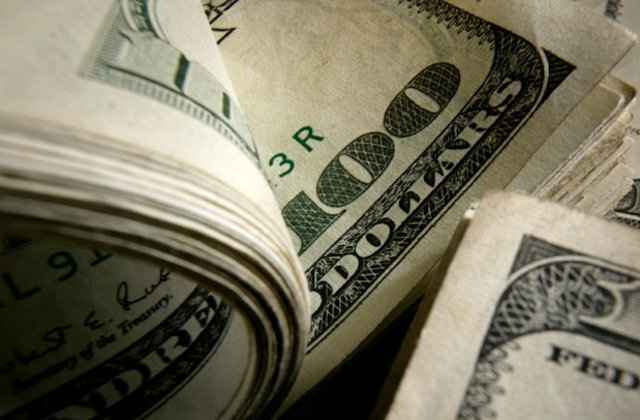
Hardly a month goes by without some report or another stating that Americans aren't saving enough for retirement . It's a sad state of affairs, but it is also one that doesn't have to be inevitable, at least not if you are smart.
There are easy ways to jump-start the savings process. Here are some ideas that will generate savings of an additional $10,000 in six months.
Quit smoking ($2,000). As if the health benefits weren't already obvious, the monetary savings could be spectacular as well. "Some people spend thousands of dollars a year smoking," says Jack Ablin, chief investment officer at BMO Private Bank in Chicago. In New York, where cigarettes cost $12 a pack, the potential to save a lot is substantial. A pack-a-day habit would cost more than $2,000 over six months.
[See: 9 Ways to Harness the Growth of Latin America .]
Cut the cable cord ($546). "Get rid of cable and get a Netflix (ticker: NFLX ) subscription instead," says Eric Marshall, president and portfolio manager at Hodges Capital in Dallas. Subscriptions to cable TV, especially those that include live sports, can cost a lot. Figure on around $100 a month for a top-of-the-line subscription, versus $8.99 for a streaming-only subscription to Netflix. That's a savings of up to $91 a month, or $546 over half a year.
Delay your new car purchase ($1,800) Marshall advocates delaying the purchase of a new car once you have finished paying for your current one. Cars and light trucks last a long time these days, with some easily clocking up to 200,000 miles. By delaying purchasing a new car you can avoid the monthly car payment, Marshall says. If that monthly payment would be $300 a month, then you'll save $1,800 between now and the end of the year.
Skip the latte ($900). Many people make a daily habit of purchasing a latte or cappuccino on their way to work. Some do the same on the weekend, or they go to the coffee shop multiple times a day. There's nothing wrong with doing that, but the costs can mount up. At around $5 a cup, cutting just one cappuccino a day amounts to savings of $900 over 180 days.
Take your lunch ($900). Just like with the coffee shop, purchasing a sandwich each day might seem like a minor expense, but it adds up quickly. Sure, you have to eat, but should it break the bank? Try making a sandwich at home, it may even taste better than what you'd buy. Better than that it will probably cost you $1 or $2 to make versus up to $6 or $7 for something from the store. Total savings from making lunch for 180 days is $900.
[See: The 9 Best Investors of All Time .]
Cancel your gym membership ($348). Regularly exercising is a good thing, but if you are paying for a gym membership without using the facilities, then you are burning cash not burning calories. Around two-thirds of people who subscribe to an exercise facility never use it, according to the Statistic Brain website, which cites data from December last year. The same site says the average cost of a gym is $58 a month, or $348 over six months.
Contribute to your 401k ($3,900). Now comes the fun bit of turbocharging those savings. "Once you cut all the other things out then you can contribute to a 401(k) plan , says Charlie Bilello, director of research at Pension Partners in New York. The first benefit is the company match. Typically, an employer that makes a contribution "matches 50 percent of employee contributions for the first 6 percent of salary that an employee contributes," according to the Smart401k website.
That equates to 3 percent of your salary – but only if you make the contribution. "Do whatever you can to get the match," Bilello says. "It's like free money."
If you contribute $5,000, and it is eligible for the match, then your employer would be giving you an additional $2,500.
There is another favorable consequence of making such a contribution: tax savings . "You'll see less money in your paycheck each month," says Bilello. But you'll also pay less in taxes to the government. For people in the 28 percent tax bracket, the tax savings from contributing an additional $5,000 could be as much as $1,400.
[See: 13 Money Hacks to Turbocharge Your Investments .]
The total potential savings comes to nearly $10,400.
Compare Offers
Compare Offers



Post a Comment